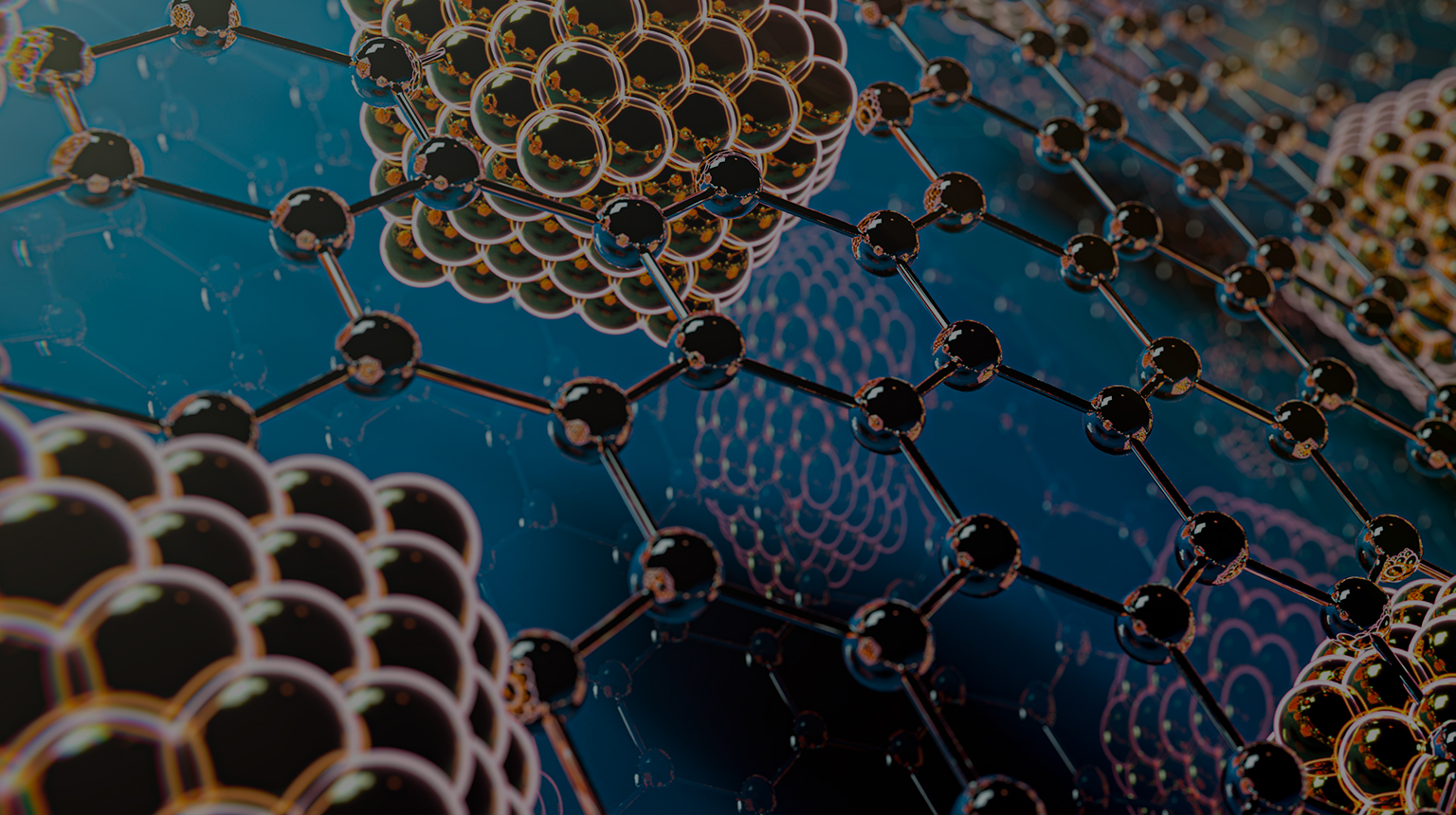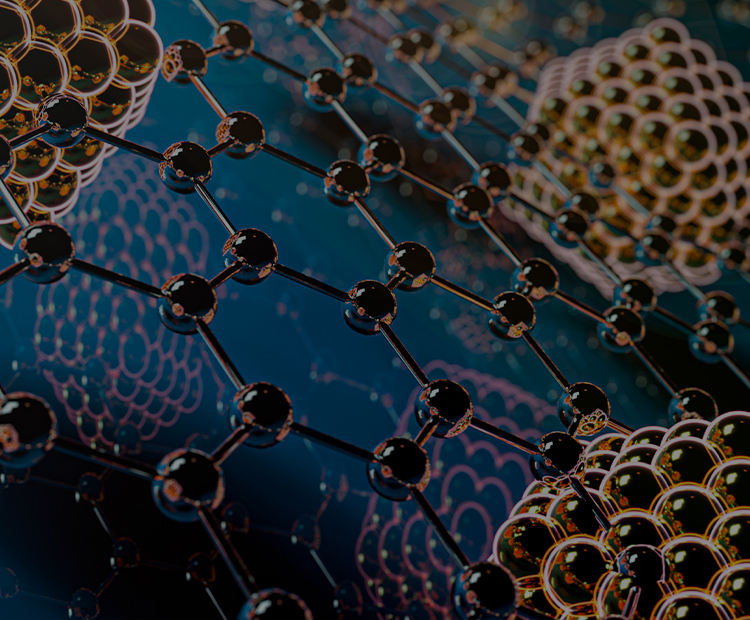

Publication
- HOME
- Publication
Publication
|
Investigating the electron-scale adsorption mechanisms using DFT calculations and experimental studies in self-assembly magnetic biochar gel incorporated with graphene nanosheets for enhanced Sb(III) removal
관리자 │ 2024-05-09 HIT 777 |
|---|
|
Journal: Chemical Engineering Journal Authors: Hanbo Chen, Yurong Gao, Zheng Fang, Jiayi Li, Suresh C. Pillai, Hocheol Song, Chenghua Sun, Nanthi Bolan, Xing Yang, Meththika Vithanage, Shengdao Shan, Hailong Wang Abstract: Environmental contamination posed by trivalent antimony [Sb(III)] in water has been globally recognized as a complex challenge, garnering considerable public concern. To enhance the adsorption efficiency of pristine biochar (BC) for Sb(III), a novel Fe/graphene-loaded biochar (FeGB) gel was synthesized through a facile in-situ self-assembly method. This study aimed to investigate the adsorption performance and elucidate the electron-scale adsorption mechanism for Sb(III) by the FeGB-gel. The Sb(III) adsorption isotherm data fitted well with the Langmuir model, and the maximum Sb(III) adsorption capacity of FeGB-gel (113.1 mg g-1) was significantly higher compared to that of BC (28.6 mg g-1). Spectroscopic investigations revealed that surface complexation and π–π stacking were the key mechanisms for Sb(III) adsorption. Electrochemical analyses confirmed an enhanced electron-accepting capacity (0.815 mmol e- g-1) of FeGB-gel, linked to the formation of Fe-related functional groups (Fe–O and Fe–O–OH), which contributed to a stronger Sb(III) oxidation capacity than BC (78.5% v.s. 49.3%). Density functional theory calculations highlighted that the presence of defects on graphene nanosheets enhanced the anchoring of FeOx on biochar, thereby elevating the Sb(III) adsorption energy of FeGB-gel to −1.96 eV. Additionally, the projected density of states profile suggested that the enhanced adsorption of FeGB-gel could be attributable to the orbital hybridization of Sb-p, O-p, and Fe-p/d orbitals (i.e., Fe–O–Sb bonding), which strengthened the electron transfer and chemical interaction during the Sb(III) removal process. The functionalization of biochar surface characteristics with Fe/graphene offers possibilities for a diverse range of biochar-based adsorbents and their application in addressing numerous environmental concerns. Keywords: Modified biochar, Heavy metal, Adsorption, Theoretical calculations, Density of states |
| 이전글 | Production of Fe-biochar from paper-mill sludge and its application to Se (VI) a... |
|---|---|
| 다음글 | A review of recent advancements in utilization of biomass and industrial wastes ... |





